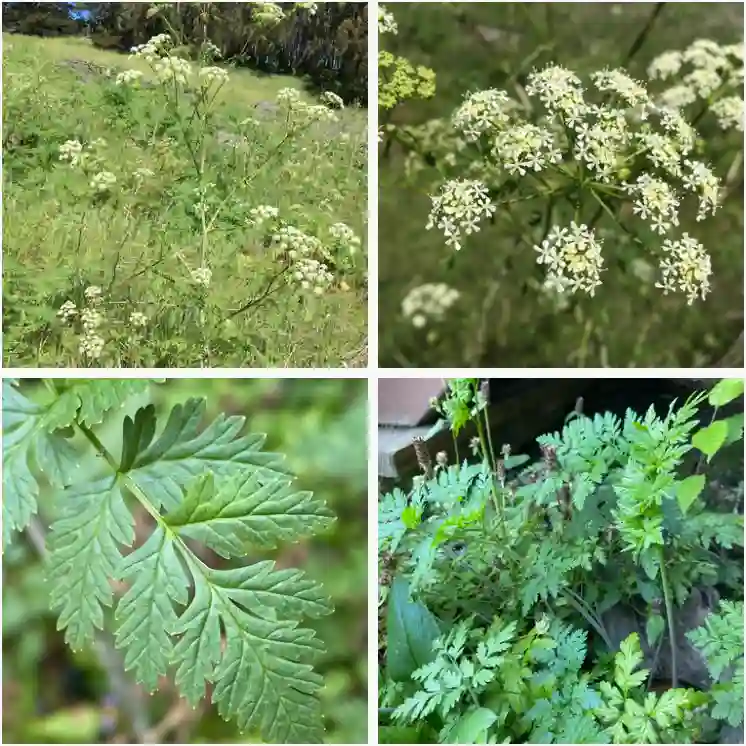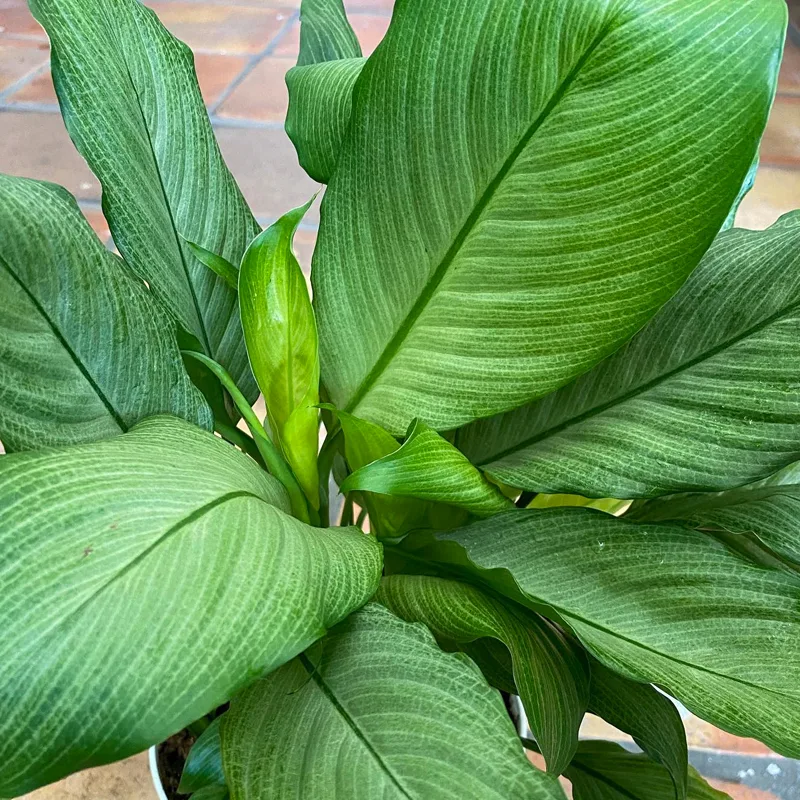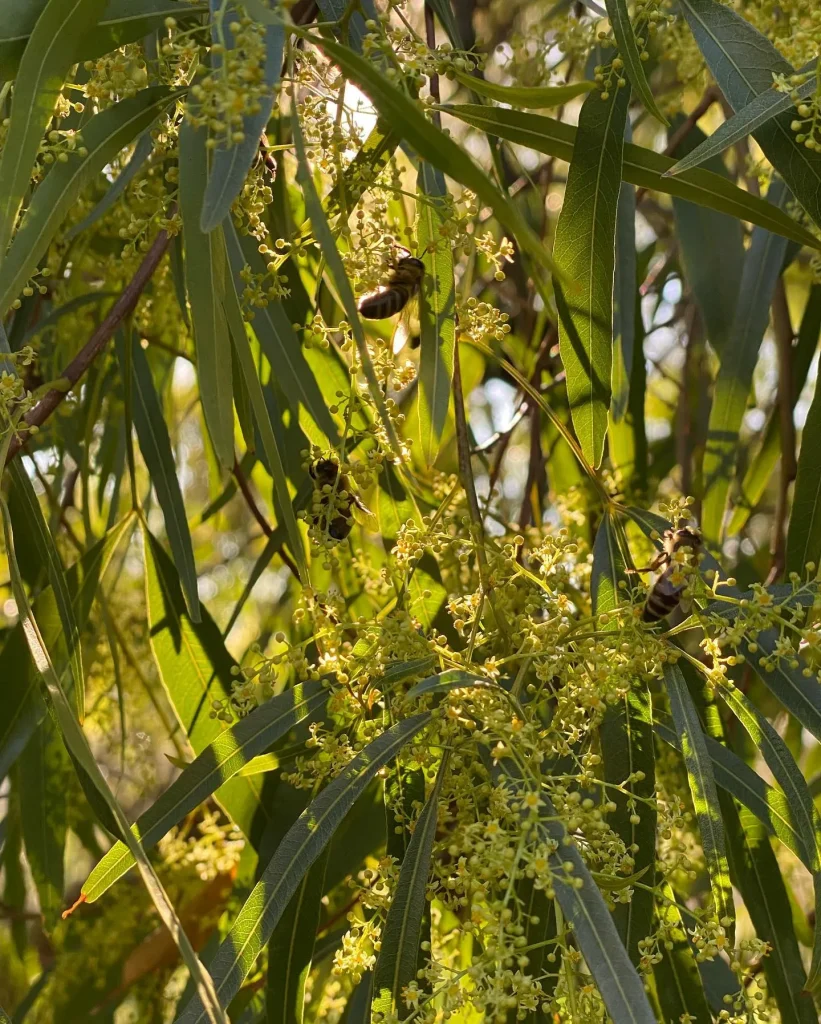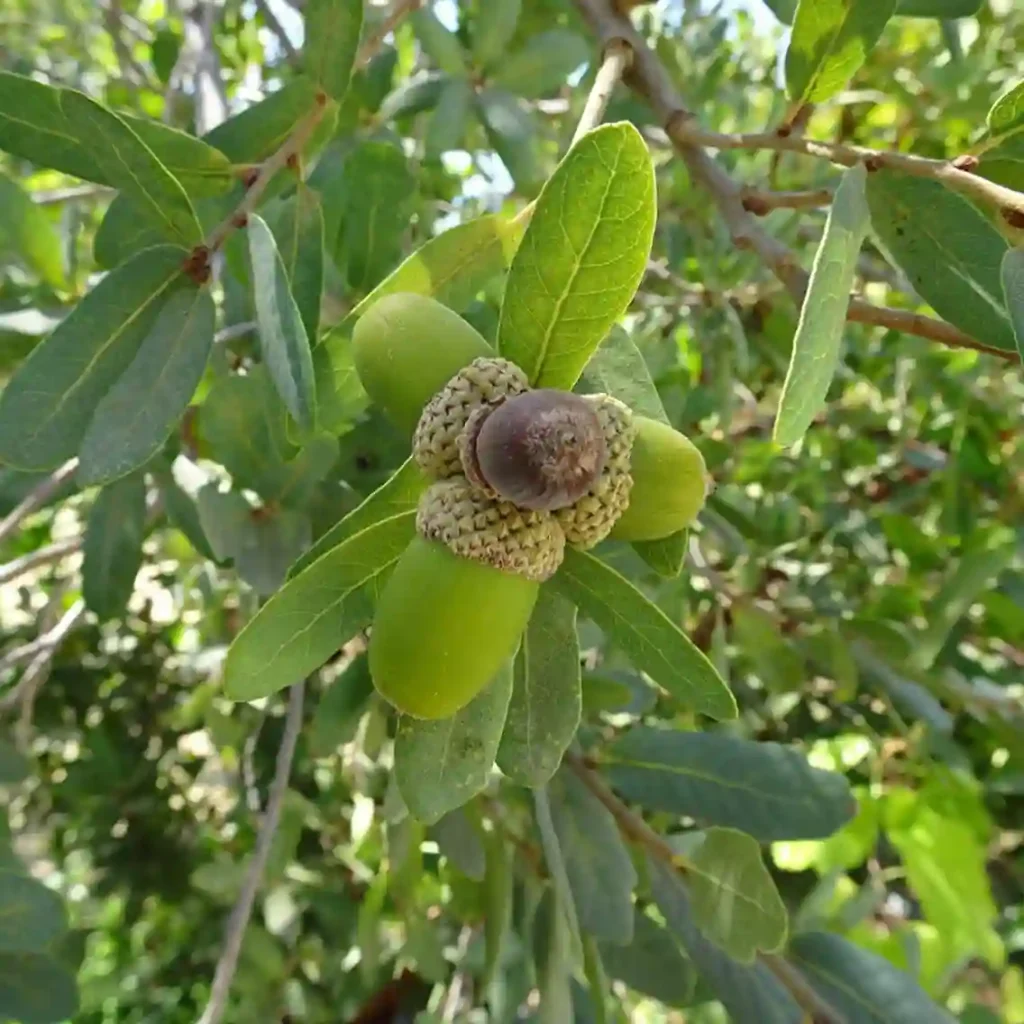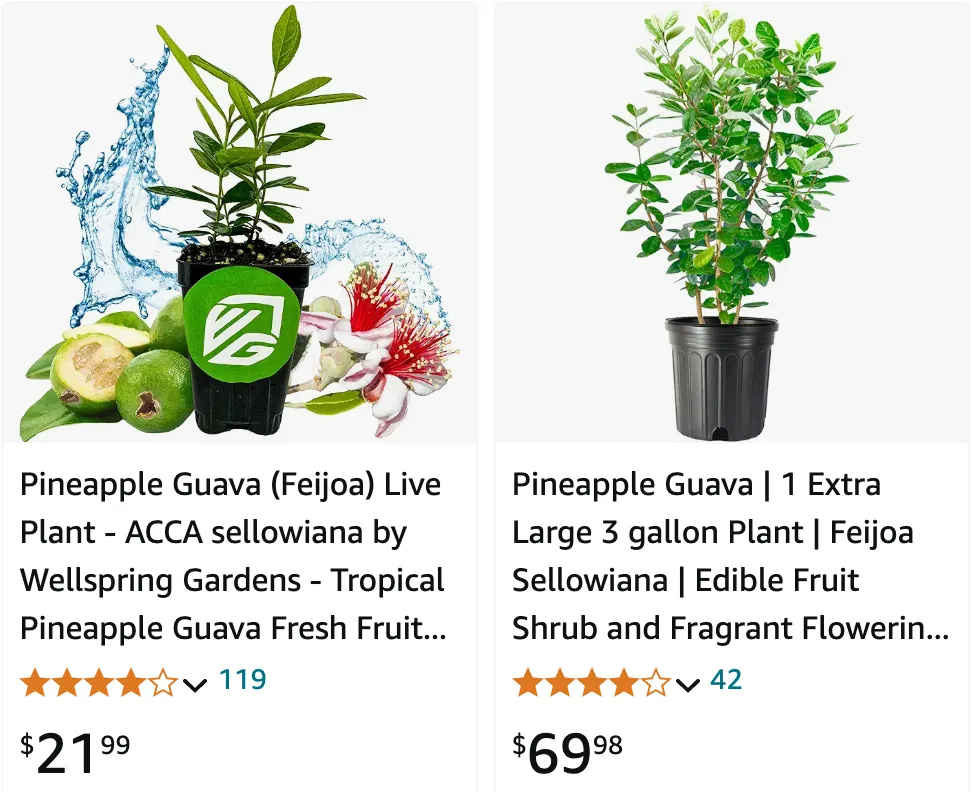
July 10 – Feijoa
"Feijoa, the pineapple guava, represents July 10."
Feijoa symbolizes abundance and vitality. Your presence is nourishing and energizing, much like the fruits of this plant. You thrive in community and bring sustenance to those around you.
Feijoa: A Deep Dive with Ferb Vu
The feijoa. It’s a fruit that might not be on everyone’s radar, but for those in the know, it’s a treasure. As someone who appreciates the unique and the flavorful, I, Ferb Vu, am particularly fond of this intriguing fruit and the genus it belongs to. Let’s delve into the world of feijoa, exploring its origins, characteristics, and the delightful experience of savoring its unique taste.
What Is a Feijoa?
Feijoa, also known as Pineapple Guava or Guavasteen, is a fascinating fruit with a unique taste profile. Originating from South America, particularly in Brazil, Paraguay, and northern Argentina, this evergreen shrub or small tree belongs to the Myrtaceae family. Its fruit, a green, oval-shaped berry, has a flavor that’s often described as a delightful mix of pineapple, apple, and mint. When you cut it open, you’ll find a jelly-like pulp that’s sweet and tangy, adding an exotic twist to your palate.
More Than Just a Fruit: Exploring the Feijoa Genus
While the fruit is undoubtedly the star of the show, it’s worth taking a closer look at the genus it belongs to. Feijoa is a genus of flowering plants in the myrtle family, Myrtaceae. This family is known for its aromatic leaves and fruits, and Feijoa certainly lives up to this reputation.
For a long time, Feijoa was considered a monotypic genus, meaning it contained only one species: Feijoa sellowiana. This is the species that produces the feijoa fruit we know and love. However, recent botanical classifications have expanded the genus to include another species:
- Feijoa sellowiana (the common feijoa)
- Feijoa obovata
Both species are native to South America and share similar characteristics, such as their evergreen leaves and beautiful flowers with prominent stamens.
How to Eat Feijoa?
Eating a feijoa is quite simple and enjoyable. To start, choose a ripe feijoa that yields slightly to gentle pressure. Slice it in half lengthwise, and use a spoon to scoop out the pulp. The flavor is at its best when the fruit is just ripe, but not overly soft. Some people also enjoy eating the pulp directly from the skin, though it can be a bit messy. Another way to savor feijoa is by incorporating it into recipes, such as fruit salads, smoothies, or even baked goods.
Can You Eat Feijoa Skin?
While feijoa skin is technically edible, it’s not the most pleasant part of the fruit. The skin can be a bit tough and may have a slightly bitter taste. Most people prefer to scoop out the pulp and discard the skin. However, if you’re feeling adventurous, you could try blending the skin into smoothies or using it in marmalade for added texture and nutrients.
How Big Do Feijoa Trees Grow?
Feijoa trees can vary in size depending on their environment and the specific variety. On average, they grow to about 10 to 15 feet in height. However, with the right conditions, they can reach up to 20 feet. These trees have a bushy, dense appearance with evergreen leaves that can add a touch of green to your garden year-round.
How Fast Do Feijoa Trees Grow?
Feijoa trees are considered to be moderately fast growers. In ideal conditions, you can expect them to grow about 12 to 24 inches per year. They thrive in well-drained soil and full sunlight, which helps them establish a strong, healthy growth pattern. Regular pruning can also help manage their size and encourage a more fruitful yield.
How Long Do Feijoa Trees Live?
Feijoa trees are known for their longevity, with a lifespan that can extend well beyond 20 years. With proper care, they can remain productive and healthy for several decades. Their resilience makes them a great addition to any garden, providing you with delicious fruit and beautiful foliage for many years to come.
How to Grow a Feijoa Tree?
Growing a feijoa tree is a rewarding experience. Start by selecting a sunny spot in your garden with well-drained soil. Feijoa trees prefer slightly acidic to neutral soil. Plant your feijoa tree in a hole that’s twice as wide as the root ball, and ensure the top of the root ball is level with the ground. Water the tree regularly, especially during dry spells, and mulch around the base to retain moisture. Fertilize with a balanced feed during the growing season to promote healthy growth and fruit production.
How to Propagate Feijoa?
Propagating feijoa is relatively straightforward. The most common method is through cuttings. Take semi-hardwood cuttings from the current season’s growth, ideally in late summer or early autumn. Dip the cut end in rooting hormone and plant it in a mix of sand and peat. Keep the cuttings in a warm, humid environment until they develop roots. Once established, you can transplant them into larger pots or directly into the garden.
Feijoa vs Guava
When comparing feijoa and guava, the differences become quite apparent. Feijoa has a more complex flavor profile, combining pineapple, apple, and mint, while guava tends to be sweeter with a distinct tropical flavor. Feijoa’s texture is more gelatinous, whereas guava is often firmer. Both fruits are rich in vitamins and can be used in a variety of culinary applications, but their taste and texture set them apart in unique ways.
What to Plant with Feijoa?
Feijoa trees pair well with a variety of companion plants. Consider planting them with other fruit trees such as citrus or apples, which have similar growing conditions. Additionally, herbs like rosemary and lavender can thrive in the same environment and help with pest control. When planting companions, ensure they have similar water and light requirements to support the healthy growth of your feijoa tree.
Embracing the Unique: A Celebration of Feijoa
In a world of mass-produced and often bland flavors, Feijoa stands out as something truly special. It’s a reminder that nature offers a wealth of unique and delicious experiences, waiting to be discovered. Whether you’re a seasoned foodie or simply curious about new flavors, I encourage you to seek out the feijoa and experience its magic for yourself. You might just find yourself, like me, captivated by this intriguing fruit and the genus it belongs to.
If i die, water my plants!
